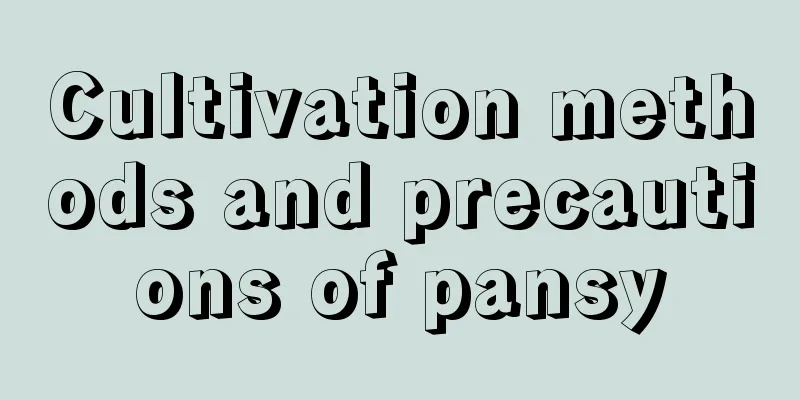Is Dutch chrysanthemum poisonous?

1. Is it toxic?In fact, it is not poisonous, so you can raise it with confidence. The Dutch daisy is a plant belonging to the Asteraceae family. The height of the plant is between 50 and 100 cm. The leaves are oval and look very smooth. When the plant is still very young, the leaves will be purple. In addition, there is an umbel on the top of its branch, the flowers are blue or rose red, which is very beautiful. It is precisely because of this that many people choose to raise it. It not only beautifies our environment, but also helps us repel mosquitoes. To sum up, it is not only non-toxic, but also has significant effects. 2. Its function1. Ornamental effectPeople who know it know that it has many varieties. For example, the Kalanchoe and Spring Feather that we often talk about are all among them. This shows that it is a flower with many varieties. In addition, because its flowers are extremely bright, its plant shape is very beautiful, and it has strong adaptability, people often plant it in flower pots for maintenance. This can effectively relieve people's physical and mental fatigue and give people an opportunity to have a deep contact with nature. In addition, it has a very pleasant smell and can help us refresh our minds. 2. The role of decorationBecause of its popular flower shape and color, it has gradually been widely used as indoor potted plants, especially some of its new varieties, the plants are shorter and the shapes are more beautiful, so it is more popular among people. Everyone is scrambling to use it to decorate the room, and the effect is very good. 3. High cultivation valueAs we all know, people nowadays are trying to cultivate chrysanthemums with stronger vitality, more beautiful flower shapes, and more exotic colors through various scientific and technological methods, so as to truly realize its diversity. These are what researchers are trying their best to study, so it has a high value for later cultivation. |
<<: Is Gastrodia elata really poisonous?
>>: The efficacy and function of Guri Fragrant
Recommend
Do I need to water the camellia after transplanting it? How long does it take for the camellia to survive after transplanting it?
1. Do you need to water the plants after transpla...
How to cultivate Metasequoia bonsai
1. Watering When caring for bonsai, do not water ...
How to trim the small-leaf red sandalwood bonsai
When is the best time to prune the red sandalwood...
How to grow soybean sprouts
You can grow your own soybean sprouts at home, th...
Pest and disease control of Chinese cabbage
Clubroot This disease mainly harms below the grou...
How to make bonsai of Photinia chinensis
Production time The production time of Chinese ph...
The sprouted yam, placed in a flowerpot, actually climbed all over the wall and produced yam beans.
Planting Yams with Yam Sticks Step 1 The yam stic...
What does gardenia mean?
1. Meaning 1. Purity: Gardenia flowers are white ...
How to make acidic soil and what flowers are suitable for planting
1. How to make 1. Bury acidic humus: When making ...
Can the soil of Monstera be changed now (four-season maintenance)
1. Can I change the soil now? Although it is alre...
How to plant radish? Steps and simple methods of planting radish and cultivation techniques
Radish is a very popular root vegetable, and its ...
Keep these 4 kinds of beautiful flowers at home, water them and they will grow quickly, and they can live for 10 years!
In fact, many people pay attention to the proport...
Cultivation methods and precautions of Monstera
1. Temperature Monstera prefers a relatively warm...
What is the best season to plant lotus?
Which month is suitable for planting lotus? Lotus...
Reasons why the leaves of pineapple turn yellow
Basic characteristics of ornamental pineapples Or...









